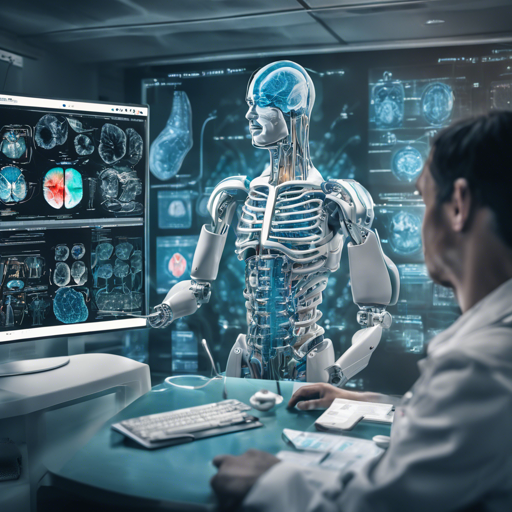Welcome to this introductory guide on how to effectively use the Medical Transformer, a cutting-edge model designed to improve medical image segmentation. In this article, we will walk through the setup and usage of the model, troubleshooting tips, and best practices to enhance your experience.
What is Medical Transformer?
The Medical Transformer is a model built specifically for medical applications, addressing a significant challenge: the scarcity of large datasets required to train typical Transformer architectures. By integrating a Gated Axial-Attention mechanism and a Local-Global training strategy (LoGo), it allows for efficient training and performance on limited medical imaging datasets.
Getting Started with the Medical Transformer
Follow these steps to set up the Medical Transformer on your system:
1. Clone the Repository
- Open your terminal and execute:
git clone https://github.com/jeya-maria-jose/Medical-Transformer- Change directory:
cd Medical-Transformer2. Set Up the Environment
- Ensure your system has Python 3.6.10 and PyTorch 1.4.0.
- Install dependencies using conda:
conda env create -f environment.yml
conda activate medtpip install -r requirements.txt3. Prepare Your Dataset
For optimal compatibility, organize your dataset as follows:
- Train Folder
- img
- 0001.png
- 0002.png
- label
- 0001.png
- 0002.png
- img
- Validation and Test Folders should follow the same structure.
Ensure that corresponding segmentation masks and images share the same filenames.
Training and Testing the Model
Training Command
To start training, execute the following command:
python train.py --train_dataset enter train directory --val_dataset enter validation directory --direc path for results to be saved --batch_size 4 --epoch 400 --save_freq 10 --modelname gatedaxialunet --learning_rate 0.001 --imgsize 128 --gray noChange the model name to either MedT or logo to train those specific models.
Testing Command
For testing the model, use this command:
python test.py --loaddirec .saved_model_pathmodel_name.pth --val_dataset test dataset directory --direc path for results to be saved --batch_size 1 --modelname gatedaxialunet --imgsize 128 --gray noYour predicted segmentation maps will be saved in the results folder along with the model weights.
Understanding the Implementation: An Analogy
Think of the Medical Transformer as a gourmet restaurant chef. The chef (the model) uses recipes (algorithms) to prepare dishes (segmentation outputs) for customers (medical professionals). However, the chef can only excel if they have high-quality ingredients (robust datasets). Just like the chef requires both local (specific recipes) and global (cooking techniques) knowledge, the Medical Transformer employs both local and global training strategies to effectively learn from the available data. Hence, it seeks to balance limited resources efficiently while striving for a masterpiece—a precise medical image segmentation result.
Troubleshooting Common Issues
If you encounter any issues during setup or execution, consider the following troubleshooting tips:
- Ensure you have activated the correct conda environment.
- Check for any missing libraries or dependencies in your environment.
- Verify that your dataset follows the required folder structure.
- Monitor system memory usage, as the training process might be resource-intensive.
If problems persist, feel free to reach out for support or ideas. For more insights, updates, or to collaborate on AI development projects, stay connected with fxis.ai.
Conclusion
By following these instructions, you can efficiently implement the Medical Transformer for your medical image segmentation tasks. The Local-Global strategy enhances its learning capabilities, exploiting both local details and global context for improved performance. Don’t hesitate to dive into medical imaging with this powerful tool!
At fxis.ai, we believe that such advancements are crucial for the future of AI, as they enable more comprehensive and effective solutions. Our team is continually exploring new methodologies to push the envelope in artificial intelligence, ensuring that our clients benefit from the latest technological innovations.

